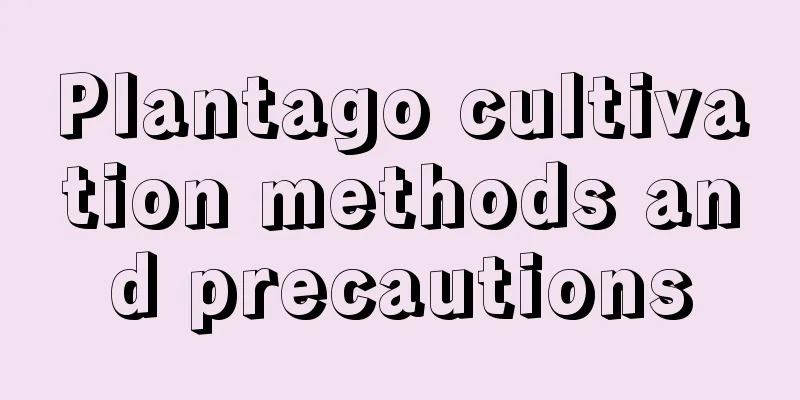Cultivation methods and precautions of Hibiscus

How to grow HibiscusPot soil selectionWhen growing hibiscus, you can choose a larger porcelain pot or a unglazed pot. The soil used should generally be loose, fertile, well-breathable, and slightly moist. Water and fertilizer managementHibiscus requires sufficient water and fertilizer to grow, and the soil needs to be kept moist. In spring, the plant grows vigorously and needs a lot of watering. In summer, when the weather is hot, more watering is also needed. In autumn, watering should be reduced and water control should be carried out appropriately. Watering must be carried out according to the water needs of the plants. Fertilization should be reasonable, and sufficient nutrients can make hibiscus grow better. Fertilizing before flowering, you can apply a little phosphorus fertilizer and a little water to make it bloom better and more beautiful. illuminationHibiscus likes sufficient light, so it is necessary to ensure sufficient light when cultivating it, especially during the flowering period in autumn. If there is insufficient light, it will easily cause buds to fall off. In winter, ensure sufficient light, and in summer when the sun is strong it is best to provide shade. temperatureHibiscus likes a warm growing environment and has a certain degree of cold resistance, but it is best to keep it indoors for the winter and keep the temperature above 10℃ to help it survive the winter better. Precautions for the cultivation of HibiscuspruneHibiscus pruning is usually done after flowering. The tree shape can be trimmed to make it a tree or shrub, and attention should be paid to pruning dead branches and diseased branches so that the crown can be better ventilated and light-permeable. Reproduction methodThere are many ways to propagate Hibiscus, including cutting propagation, layering propagation, and division propagation. Pests and diseasesDuring the cultivation process of hibiscus, there are pests such as aphids, red spiders, cinnabar spider mites, hornworm moths, as well as diseases such as powdery mildew, which need to be prevented and controlled in a timely manner. |
<<: How to grow horse chestnut
>>: How to grow the succulent plant Misty Ice Jade
Recommend
What is the best month to plant papaya?
When to plant papaya Papaya is planted in spring ...
How to save plantain seeds
Plantain seeds When plantain matures, it will hav...
Is it profitable to plant bamboo? How much profit can it make?
Is planting bamboo profitable? In the first three...
It’s such a waste to “throw away” the yellow leaves of the money tree. The problem can be solved by just cutting the trunk!
When Huahua said to cut the branches a few times,...
What is the outlook for shiitake mushrooms in 2022 (Analysis of expected future market development of shiitake mushrooms)
Time flies, and in ten days or so we will enter 2...
Are bayberry trees self-pollinating?
1. Is it self-pollination? Bayberry trees are div...
How to propagate the noon flower
1. Seeding method (1) Time control: If this metho...
What are the types of roses?
1. Vine Climbing roses are vine-like shrubs with ...
Why does dancing grass dance?
How does the dancing grass dance? There are a lar...
What is the reason why the leaves of the fragrant wood turn yellow and fall off?
Known for the fresh aroma of its flowers, the osm...
Feng Shui Effects of Red Diamond Flowers
1. Feng Shui Effect Red Diamond is a Feng Shui pl...
You can grow these two kinds of vegetables on a palm-sized balcony and eat a crop every 15 days. You can’t buy them even if you spend 200 yuan!
Crystal Ice Vegetable Crystal ice plant, also kno...
What month is the best time to plant watermelons?
With its sweet taste and cooling properties, wate...
What to do if the lotus leaves rot
1. Treatment methods If you find that the leaves ...
How to grow succulent red lotus
1. Suitable soil The choice of soil is the basis ...









